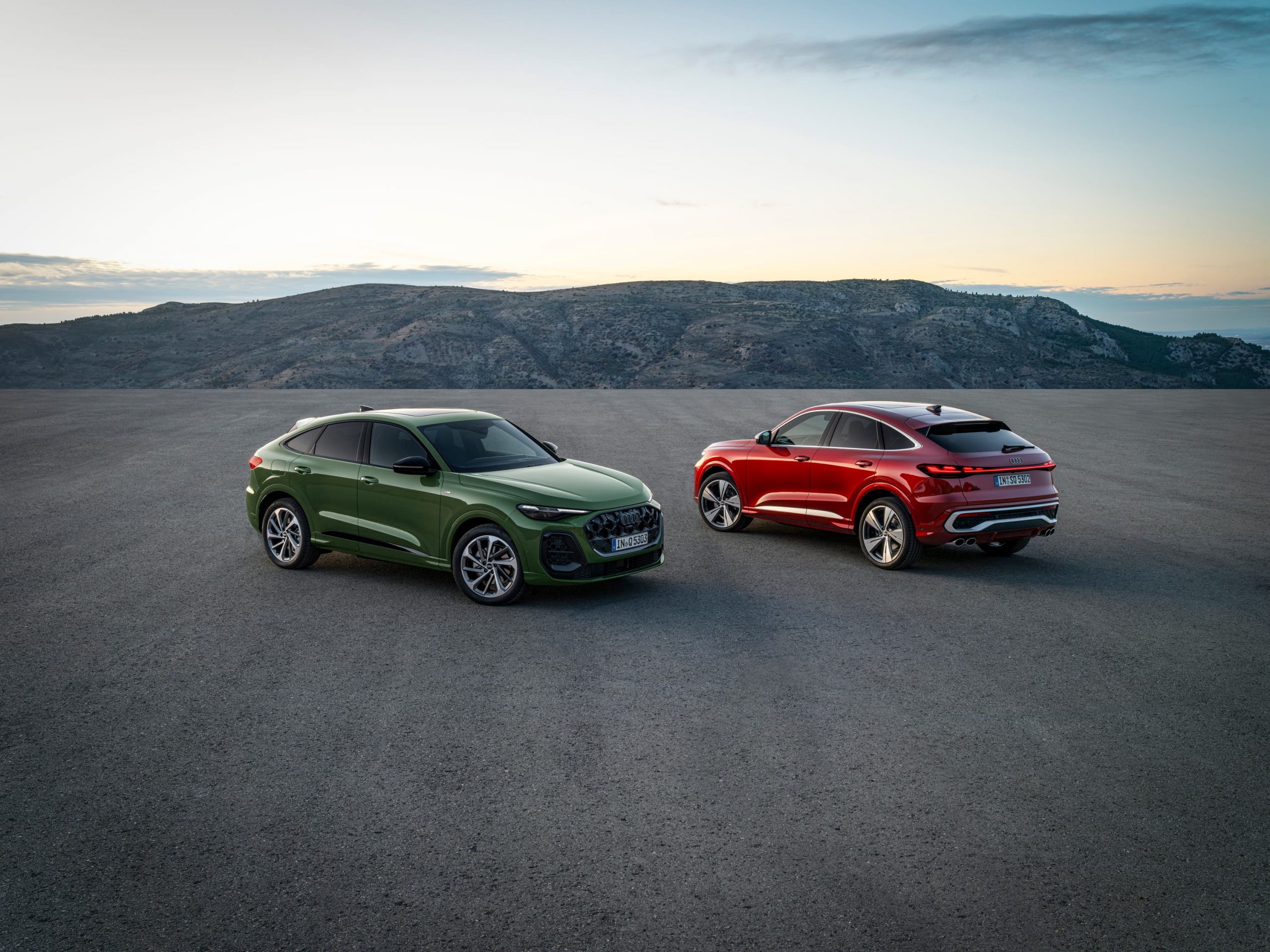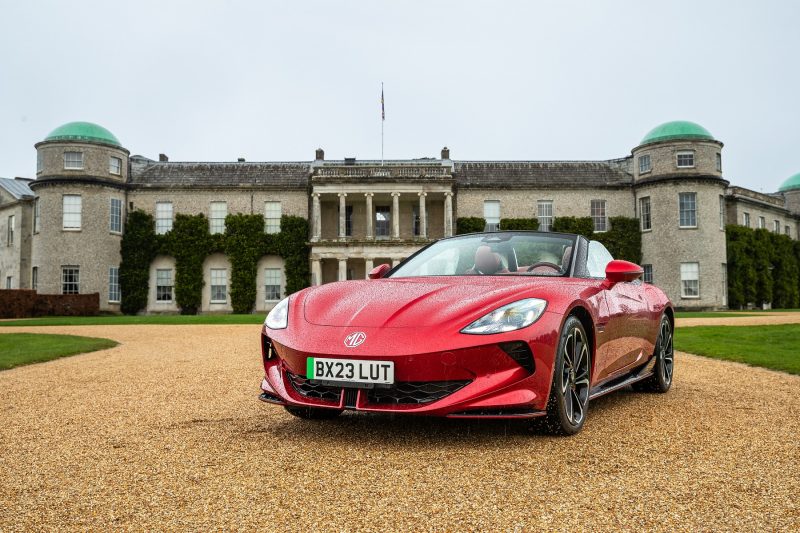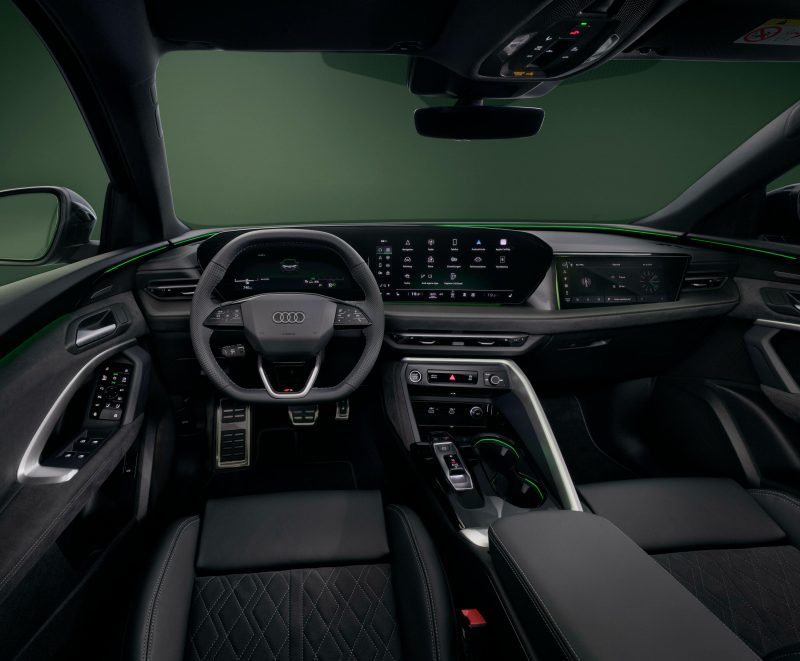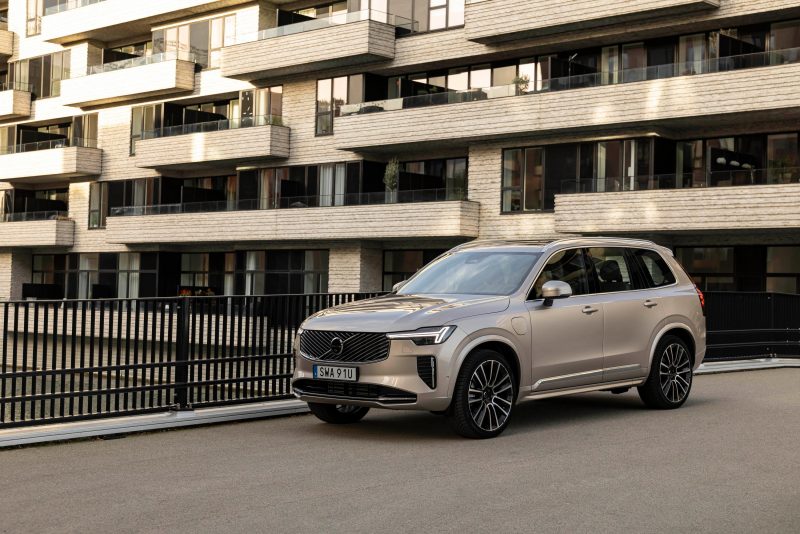As Audi has a long history of making SUVs, how will its latest one stack up against the competition?
The premium coupe SUV market is on the rise, and that’s because people like the idea of a taller driving position in a car that has a sleeker, more aerodynamic profile.
The latest Q5 Sportback is offered with a choice of petrol and diesel engines that all utilise 48V mild-hybrid technology to help boost economy, efficiency and above all else, lowering CO2 emissions.
Audi’s design language has matured gracefully over the years with subtle changes to make it still unmistakably an Audi but continuing to be modern.
But, what if the new Q5 Sportback is too sober for you? Or do you want something with a little character? We’ve compiled a list of some of its main rivals to compare their practicality and overall image.
Mercedes GLC Coupe

One of Audi’s biggest competitors is Mercedes’ GLC Coupe which, as you might expect, is another coupe-styled SUV.
The interior design is very stylish with lots of plush-feeling materials used throughout and the central infotainment screen is slick, intuitive and has high-end graphics.
Interior space is also good with excellent levels of head and legroom, despite the car’s sloping roofline.
Just like the Audi, there is a trio of mild-hybrid engines that offer decent economy and efficiency.
It may not be the sportiest car in this class and the ride is firm, especially when you opt for the larger alloy wheels. Rear visibility is also poor due to the letter-box style rear window and prices start at a rather steep £60,000 – which is nearly £8,000 more than the Audi.
BMW X4

Another German alternative is BMW’s X4 – which has been around since 2014. It may have been around for a while, but the latest version packs more onboard technology and better driving dynamics.
The X4 is essentially a coupe-derived version of the more practical X3 SUV. Inside, the interior quality is excellent with lots of high-end materials used throughout and it gets the firm’s latest iDrive system which is easy to use and has very high graphics.
Out on the road, the car handles very well and feels how a BMW should do with a sporty edge. It may not have the smoothest ride due to the larger alloy wheels, but it won’t be too uncomfortable for most.
However, its looks are fairly divisive, a problem with a lot of BMW designs of recent times and it’s not as spacious inside as the taller X3 with less headroom and boot space in comparison.
Skoda Enyaq Coupe

Another alternative – but with a less premium badge – is Skoda’s Enyaq Coupe. It may be an electric option, but this big friendly Skoda is an excellent all-rounder that offers a decent electric driving range and interior space.
Under the bonnet, there is a choice of two different battery packs. Things start with a smaller 62kWh unit while a larger 82kWh version unlocks more range.
The latter offers a greater claimed electric range of up to 353 miles of range and can be DC rapidly charged from 10 to 80 per cent in around 28 minutes.
The Enyaq’s boot space is rather impressive at 570 litres and with the seats folded down, it transforms to 1,610 litres.
There’s also a sport vRS model in the range that provides an even better driving experience thanks to its sports suspension.
Volvo XC60

The Volvo XC60 is a practical comfortable Scandinavian choice that gets forgotten about in the world of premium SUVs.
It may not have the coupe-esque look but it’s still a great alternative for those who may want the added practicality and reassurance of a Volvo.
It may not have the same commodious boot space as the Q5 Sportback, standing at 483 litres and 1,410 litres with the rear seats folded, but it still offers plenty of passenger space, class-leading safety technology and some of the most comfortable seats around.
Range Rover Velar

One premium SUV that kind of has been forgotten about is Range Rover’s Velar, which has been on sale since 2017.
The Velar is a svelte and good-looking SUV that comes with bags of off-road pedigree and still offers a great amount of luxury as well as practicality.
Available with a selection of petrol, diesel and plug-in hybrid powertrains, the Range Rover offers a lot of permutations for a wide audience of buyers. Plus, it has a lovely well-screwed-together interior with lots of standard features as well as having a boot space of 568 litres – which is nearly on par with the Q5 Sportback.
By Cameron Richards








































